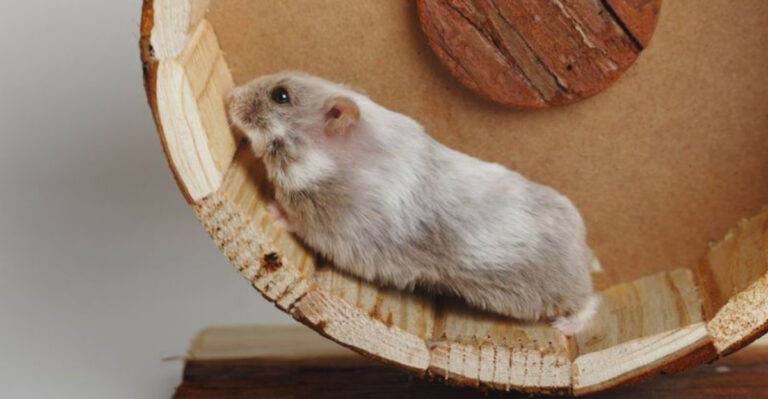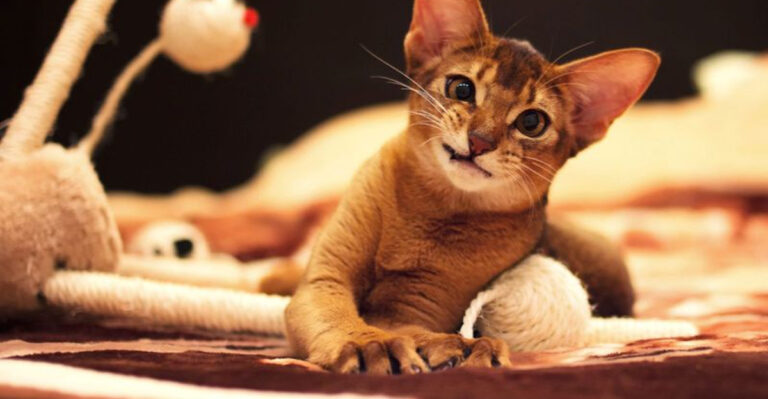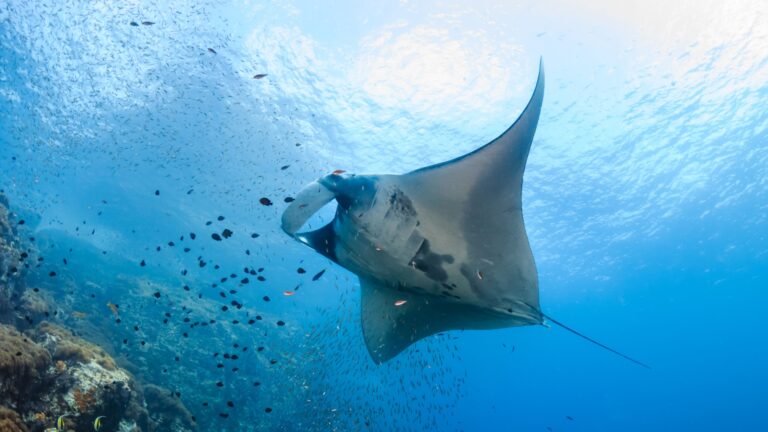19 Extraordinary Animals You Won’t Believe Exist
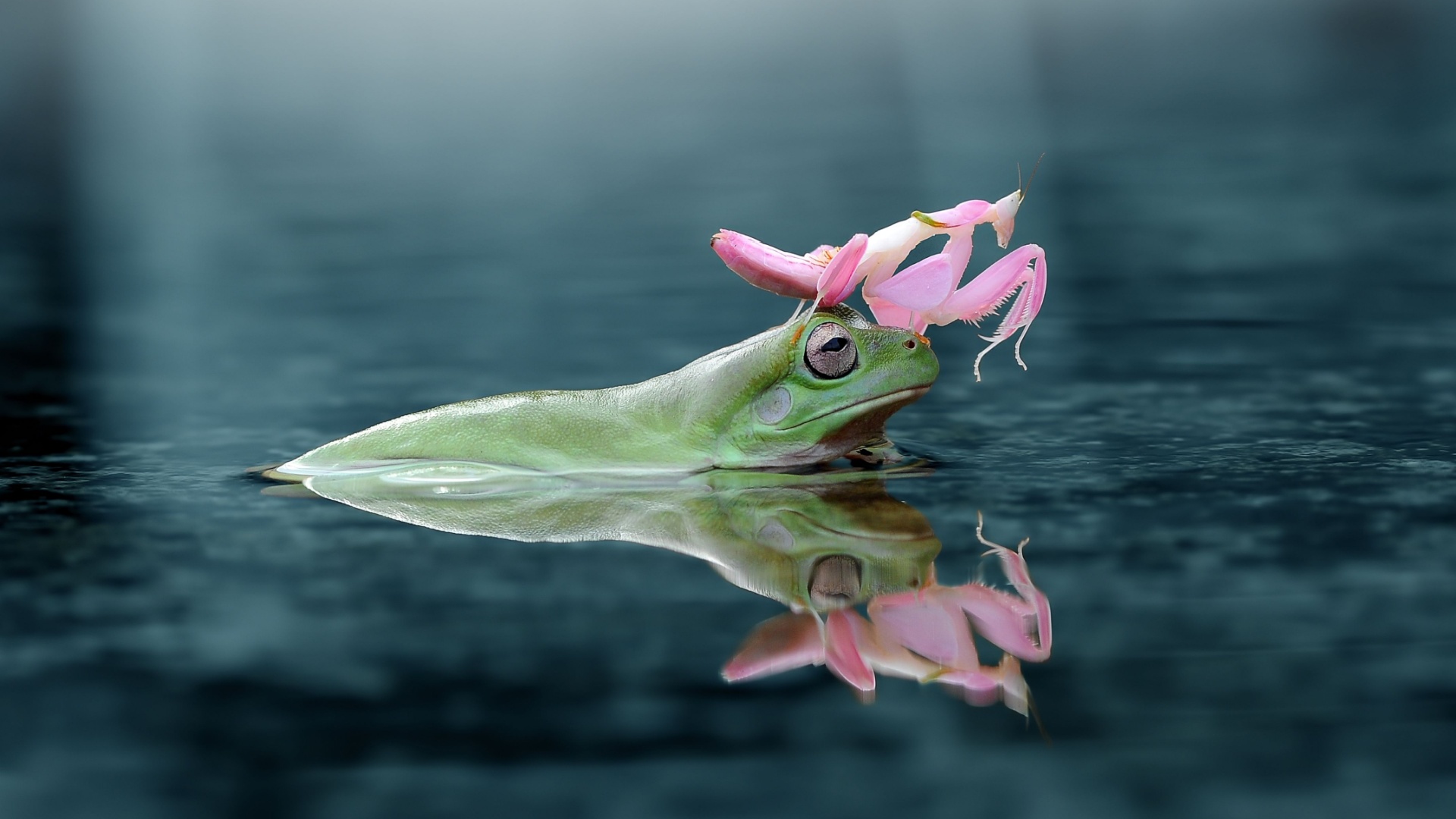
The natural world is like a giant painting full of life, and every part tells a story of how evolution has shaped them.
Whether we dive into the ocean or climb the highest mountains, we encounter incredible creatures that seem almost too fantastic to be real, each with their own unique skills and habits that show just how amazing nature can be. So, let’s see how surprising nature can be.
1. Proboscis Monkey
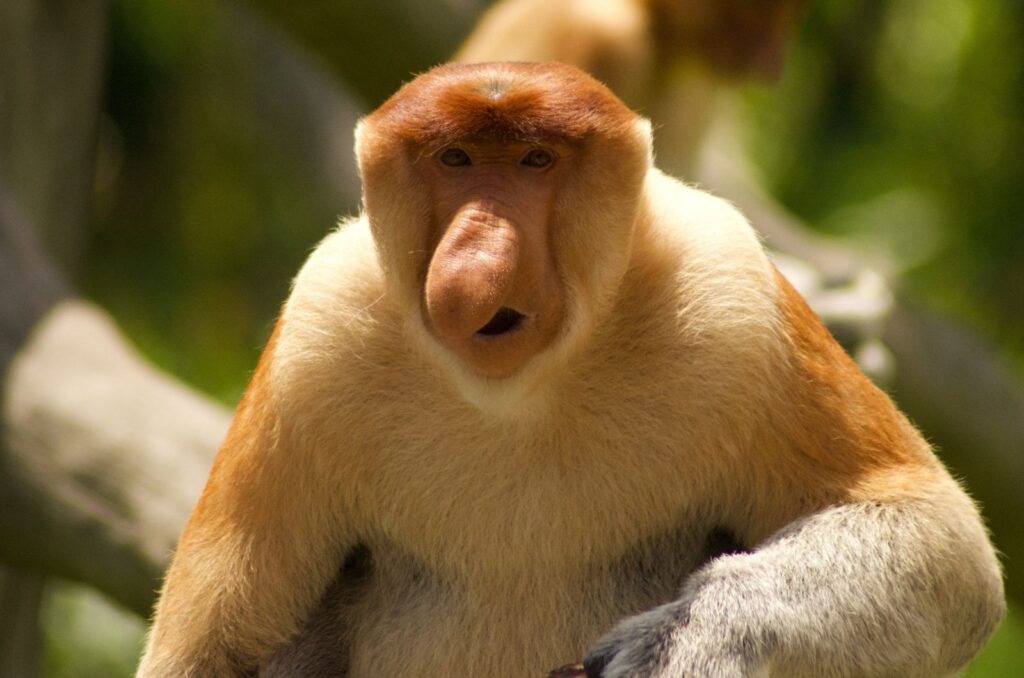
Proboscis monkeys are famous for their unique noses. The males have these long, droopy noses that can actually swing, while the females’ noses have an upturned appearance.
However, males with bigger noses are believed to make louder sounds when talking to other monkeys, which helps them during the mating season.
2. Aye-Aye
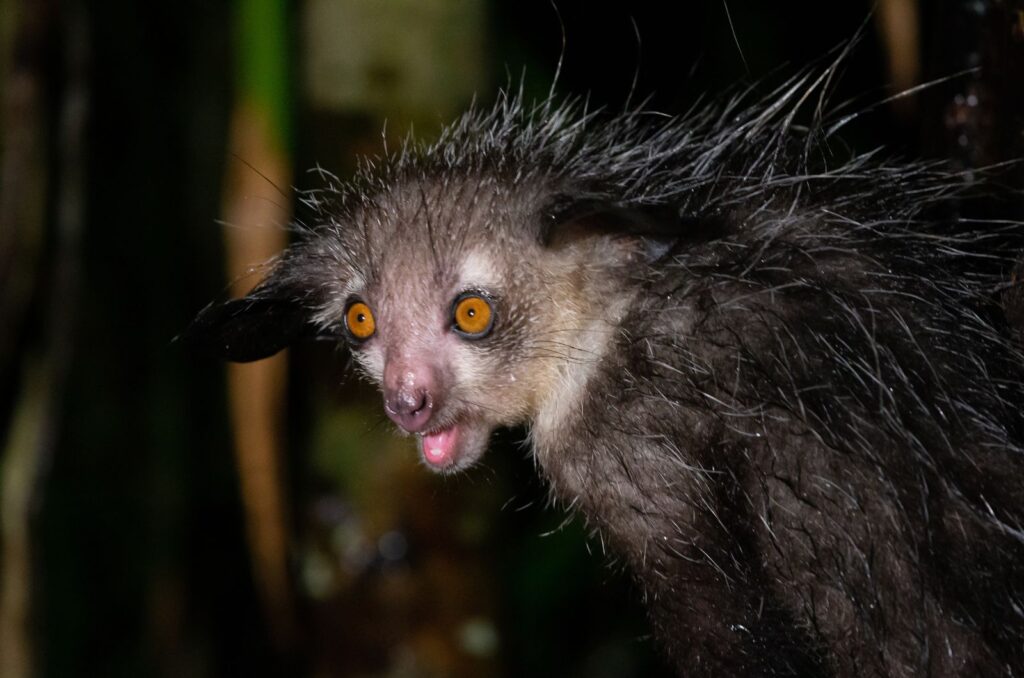
The aye-aye is a strange-looking primate with a really long middle finger that it uses to tap on tree trunks, listening for the sounds of insects hiding inside.
When it finds a tasty bug, it chews a hole in the wood and pulls it out with that super long finger. Now that’s a one-of-a-kind way to eat!
3. Vietnamese Long-Nosed Snake
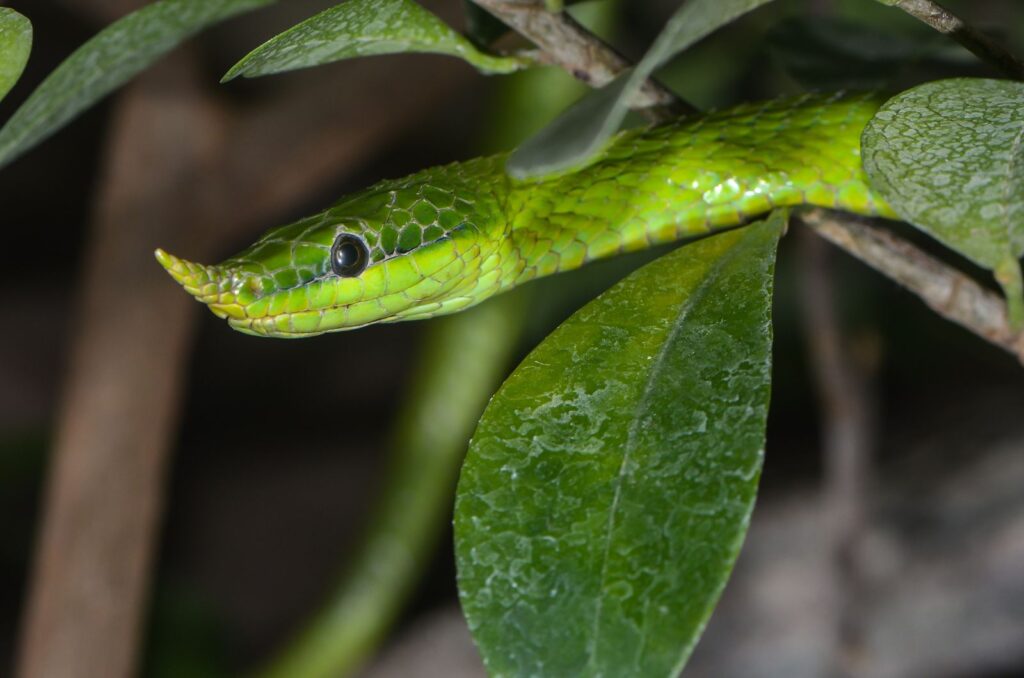
This snake has a long, pointy nose that looks just like a rhinoceros horn. Its unusual look is definitely eye-catching, but it doesn’t really seem to help it in any way. Maybe it’s just trying to be stylish in the snake community!
These snakes are harmless and mostly eat small rodents. They like to hang out in subtropical rainforests, especially in valleys near streams.
4. Worm Lizard
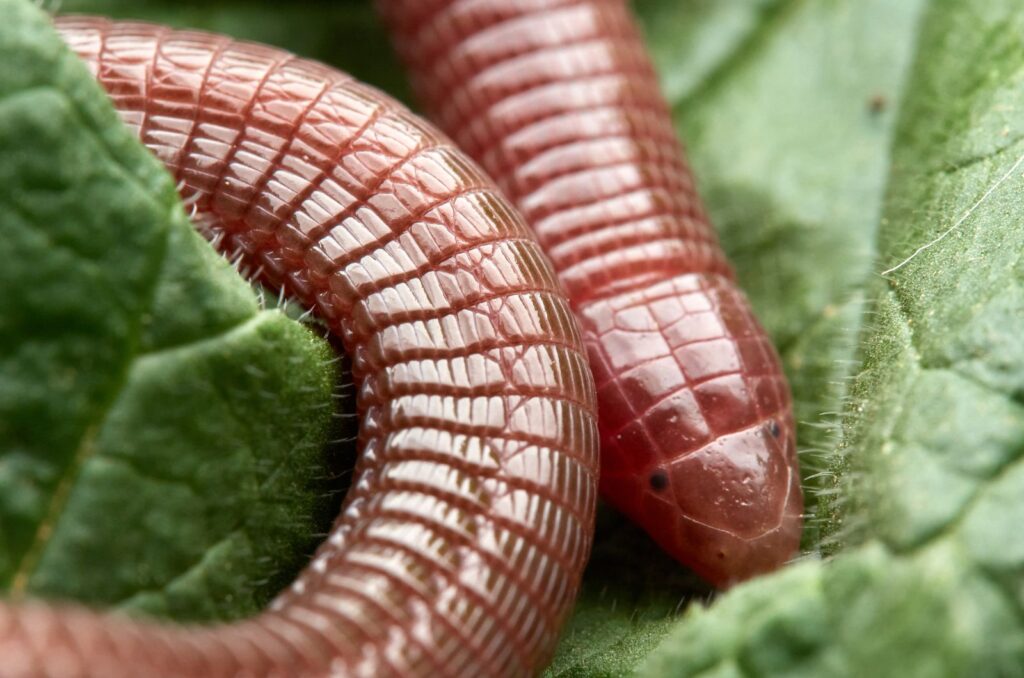
The worm lizard is a unique reptile that lives its whole life beneath the ground. You could say it’s like a snake that lost its ability to move smoothly.
However, it doesn’t have eyes or external ears, so it finds its way in the dark underground using its super-sensitive nose.
5. Leaf-Tailed Gecko
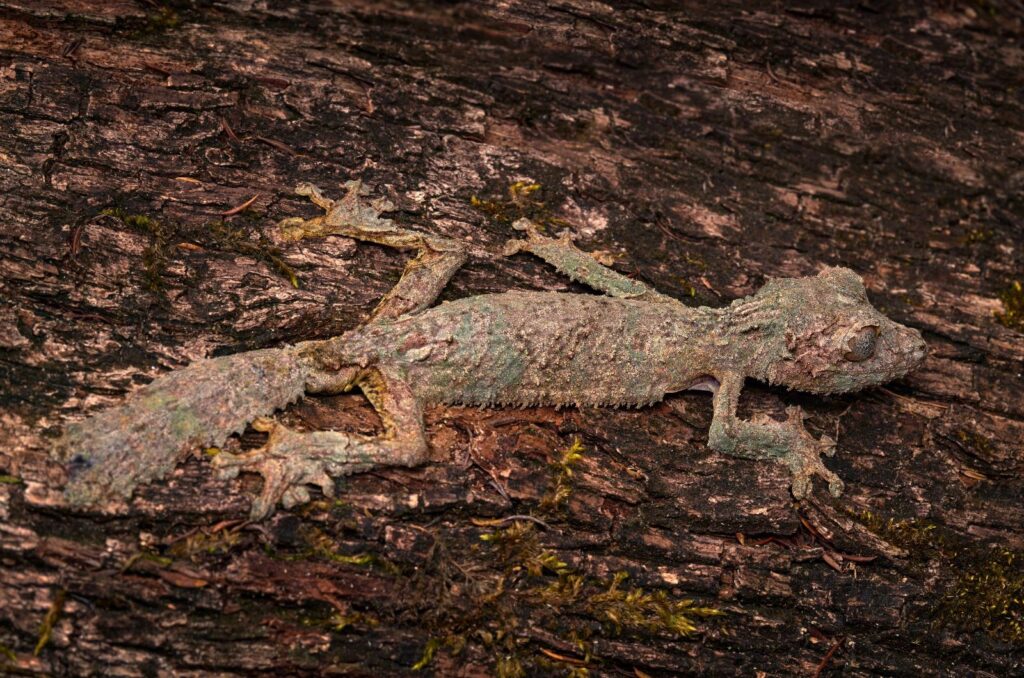
This gecko is really good at hiding, thanks to its tail that looks just like a leaf and its spiky skin that helps it blend in with the environment. It’s like it has its own built-in invisibility cloak!
They live in Madagascar, where they hang out on branches to stay safe from predators by pretending to be leaves. And believe it or not, just like other geckos, leaf-tailed geckos don’t have eyelids.
6. Glass Frog
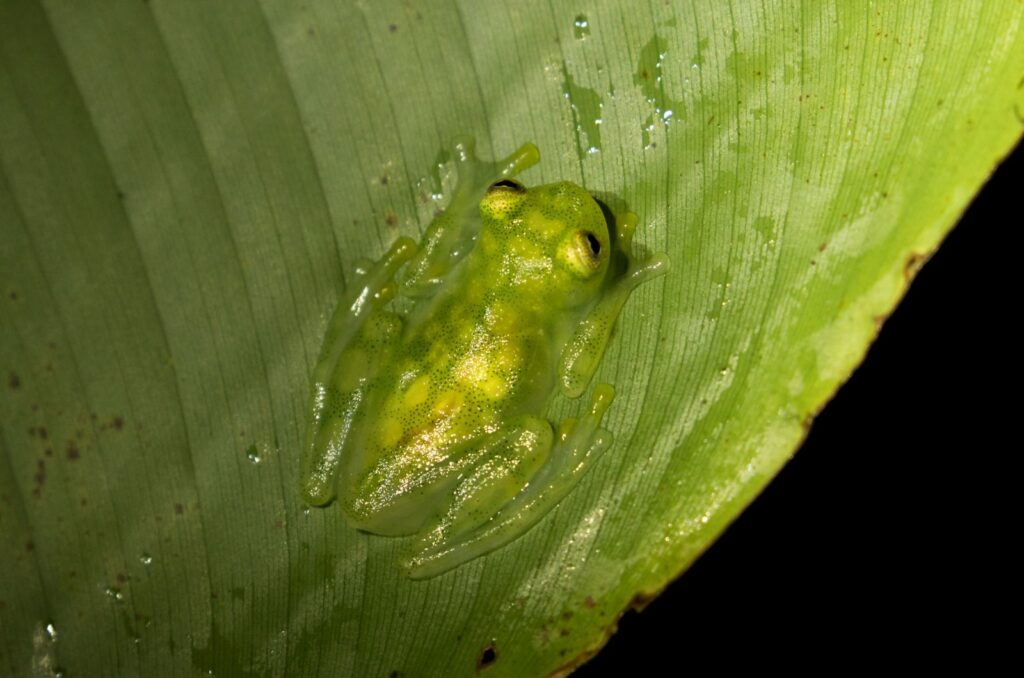
Glass frogs are super cool because they are almost completely see-through, letting you peek at their insides! It’s like having a natural X-ray! You can even see a glass frog’s heart beating as it pumps blood!
They have green backs that help them hide among the plants, but many types also have skin on their bellies that is nearly clear.
There are over 120 different kinds of glass frogs, and they live in trees and can be found in various forests, from tropical jungles to mountainous areas.
7. Red-Lipped Batfish
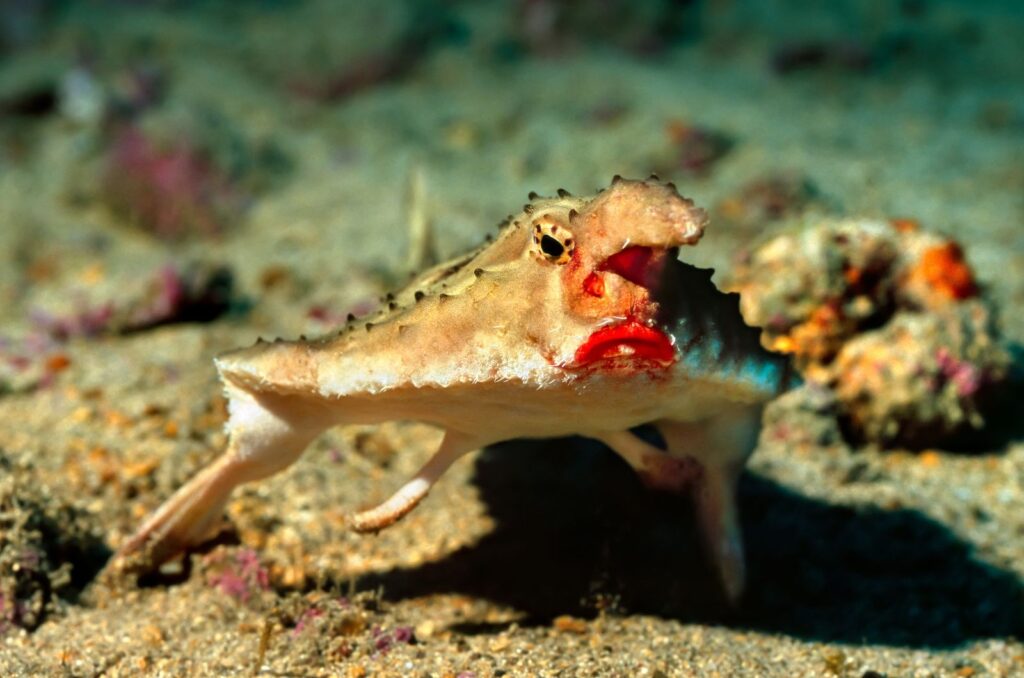
The red-lipped batfish is a really unusual fish that “walks” along the ocean floor using its fins. Its bright red lips are a bit of a mystery, but they definitely make it unique!
You can only find them in the Galapagos Islands, where they search for food on the ocean floor and in the nearby coral reefs.
Those bright red lips might help young batfish recognize each other and also attract mates during the breeding season.
8. Dugong
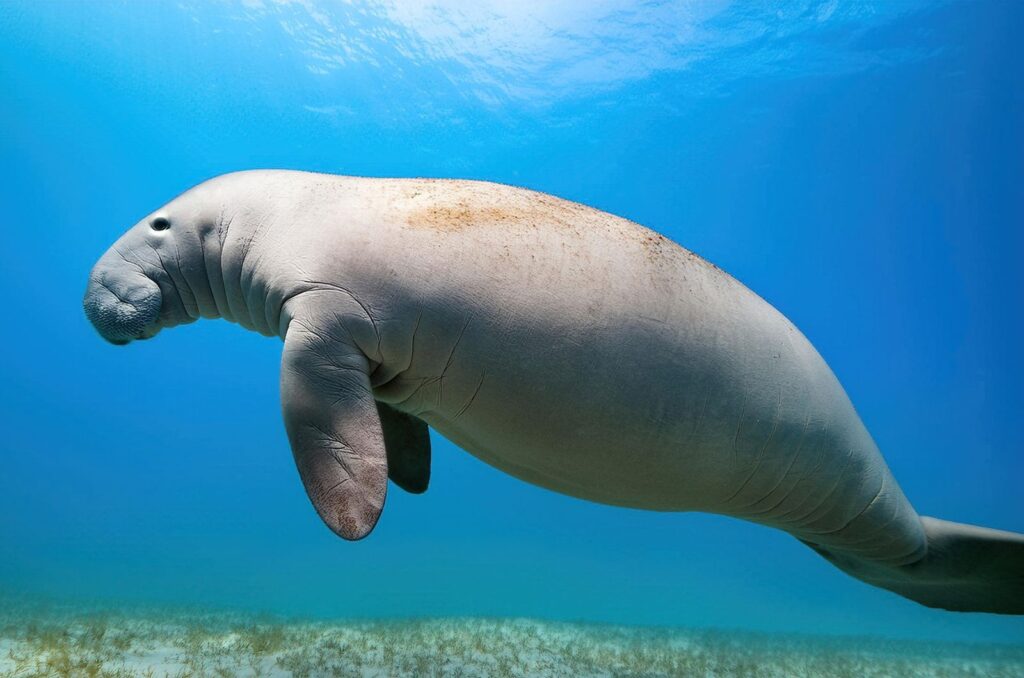
Dugongs are big marine mammals that look a lot like manatees, but they have wider tails that look like dolphin tails.
They spend their time munching on seagrass, which makes them like the literal cows of the ocean. Also, they’re pretty cool because many believe that dugongs inspired the legend of mermaids.
9. Shoebill
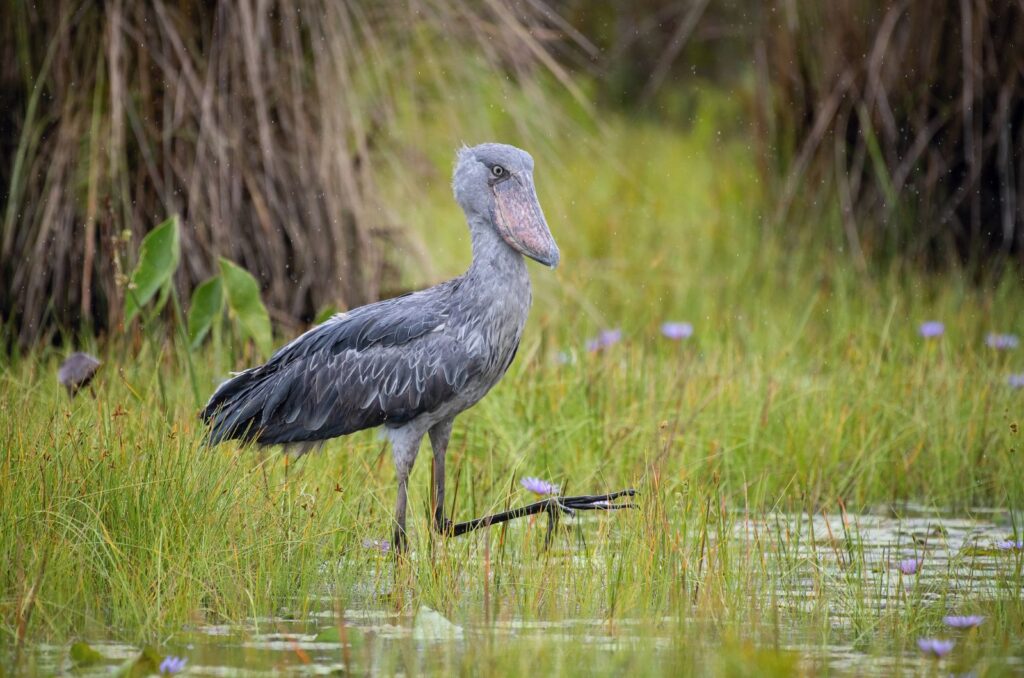
The shoebill is a huge bird with a unique beak that looks like a giant shoe. This bird, which seems to come from prehistoric times, is a fierce hunter in its wetland home, catching fish, frogs, and small mammals. With an impressive wingspan of 8 feet, shoebills are known for their intense gaze.
10. Magnificent Frigatebird
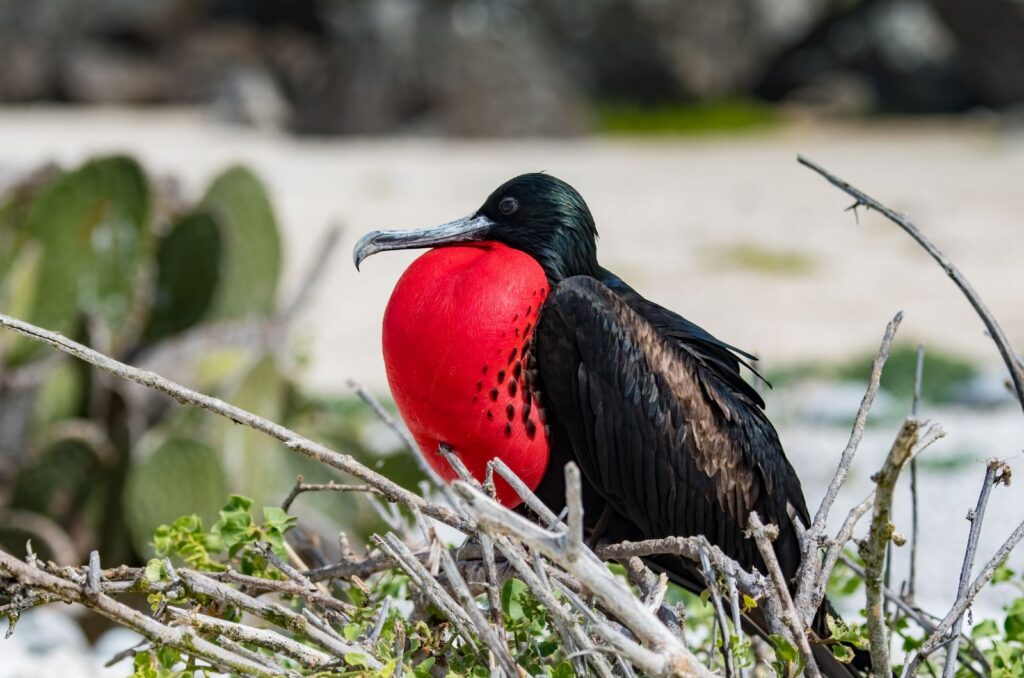
The male magnificent frigatebird is famous for its bright red throat pouch that it inflates to attract females. When it’s puffed up, it looks like a small red balloon.
These birds are amazing flyers, gliding gracefully on the wind. The male is easily identified by its vibrant red gular sac, which it uses to impress potential mates. Magnificent frigatebirds are the largest in their family, with wingspans reaching up to 8 feet.
11. Tawny Frogmouth
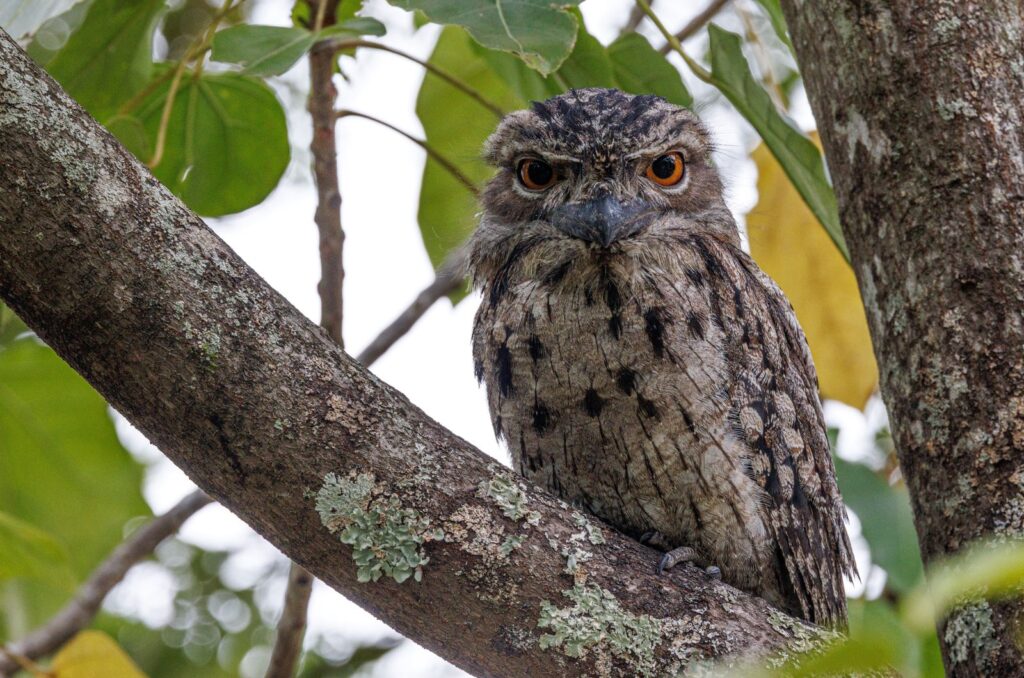
The tawny frogmouth is a nighttime bird with a broad, flat head that gives it a frog-like appearance. It’s a pro at hiding, blending in perfectly with tree bark during the day.
Although it looks like an owl, it isn’t one, because, unlike owls, tawny frogmouths lack strong talons, and their feet are quite weak. Still, they are active hunters at night, mainly eating insects, worms, snails, and slugs.
12. Stick Insect
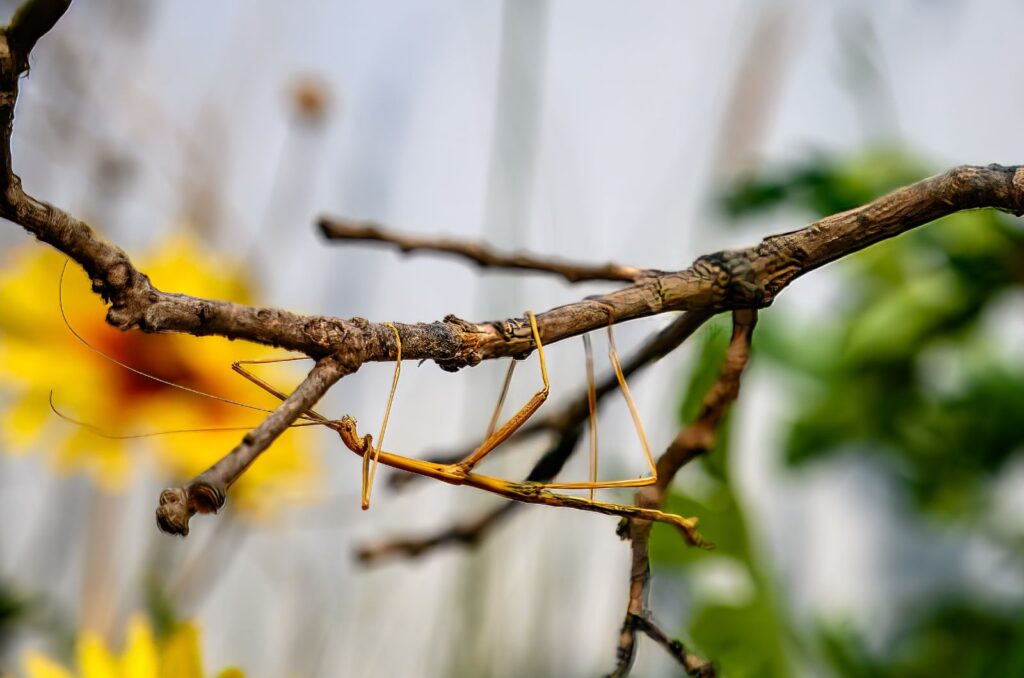
Stick insects are amazing at hiding because they look just like twigs or leaves. They are true masters of disguise, blending right into their environment to stay safe from predators.
These insects belong to a group called Phasmatodea, which is named after their stick-like appearance. They successfully avoid being eaten while they munch on plants in their forest homes.
13. Orchid Mantis
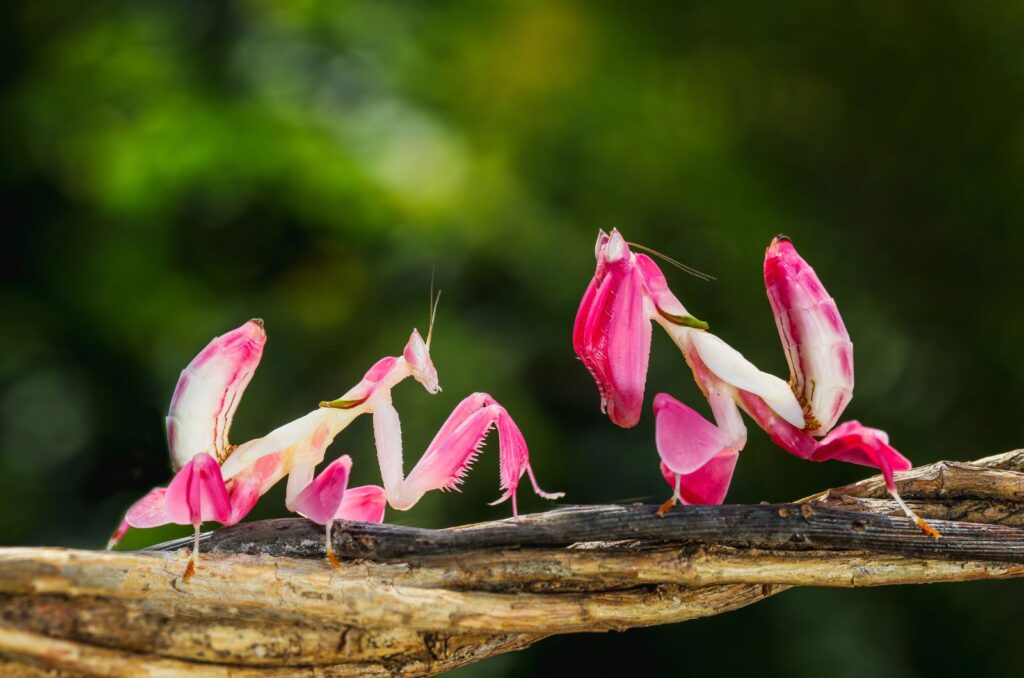
The orchid mantis is a stunning and dangerous insect that pretends to be an orchid flower. It attracts unsuspecting insects with its bright colors and then quickly catches them.
These mantises are not only beautiful but also very clever, as they mimic parts of the orchid to hide in tropical forests.
They are also super fast, which is great for catching their food. However, female orchid mantises are usually much bigger than the males, sometimes being twice their size.
14. Naked Mole Rat
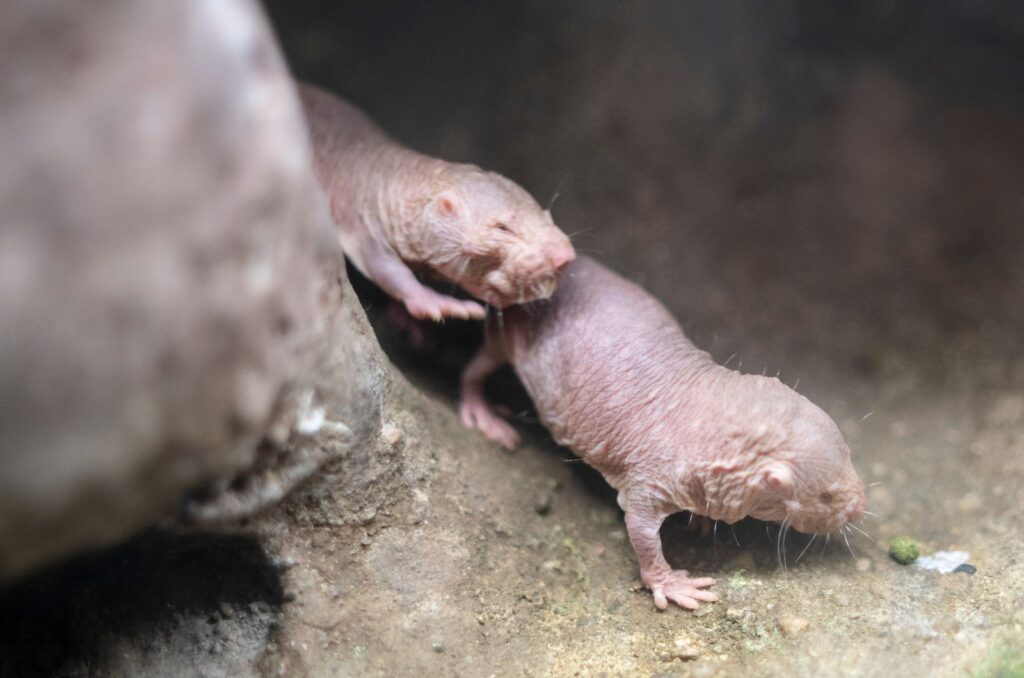
Naked mole rats are unusual rodents that live without hair and spend their lives underground in big groups. They have a special social system with one main female that breeds and a few males.
These hairless creatures navigate through their tunnels using their whiskers and tiny sensory hairs on their tails and feet.
They don’t have external ears and their eyes are very small, making them nearly blind. Instead, they depend on their sense of smell and the vibrations in the ground to get around.
Naked mole rats can live for up to 30 years and can be found in colonies of as many as 300 members.
15. The Gerenuk
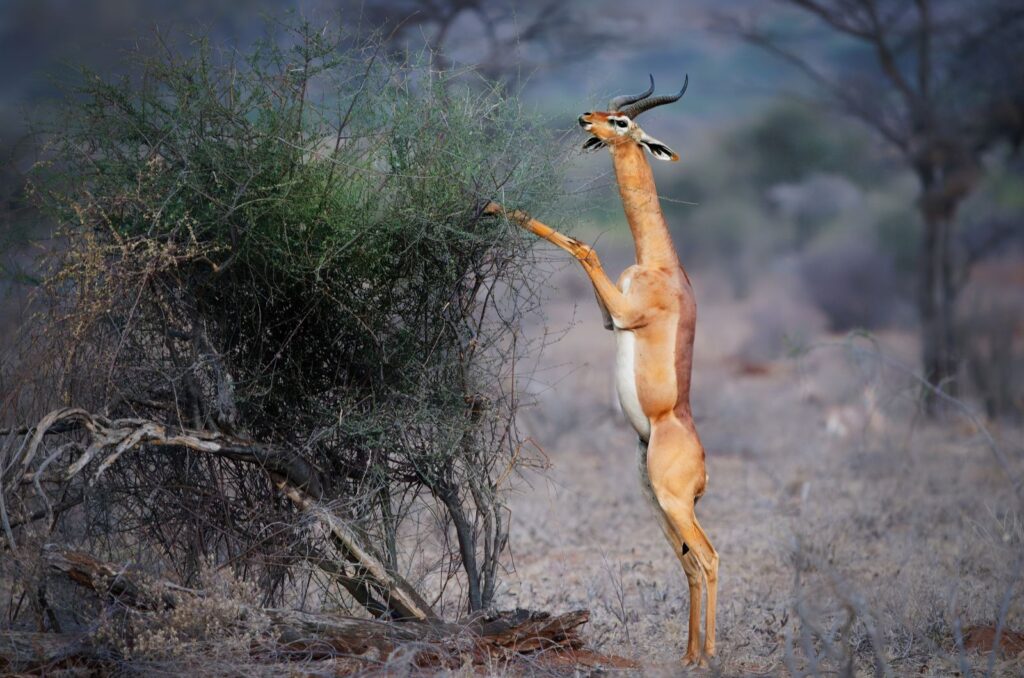
The gerenukm also known as the giraffe-necked antelope, is an antelope with a really long neck. It can actually stand on its back legs to grab leaves from tall branches, which is pretty cool and unusual!
They are very social and love to chat with each other using sounds like buzzing, whistling, and bleating. Male gerenuks are especially unique because they have horns that look like a lyre.
16. The Axolotl
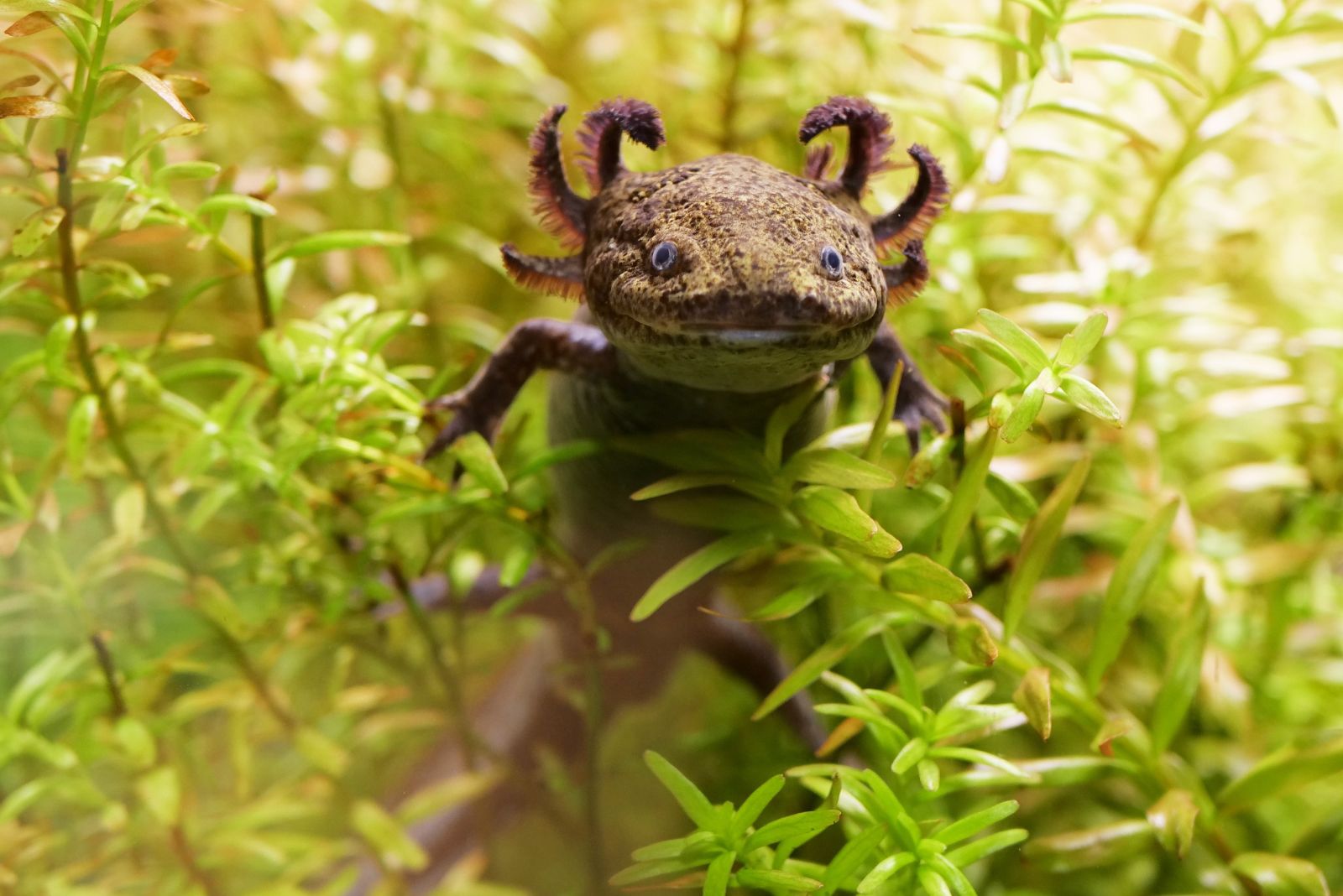
Often called the “Mexican walking fish,” the axolotl is actually an amphibian that never fully undergoes metamorphosis. This bizarre creature retains its juvenile form (complete with external gills) throughout its entire life, making it one of the few animals capable of neoteny.
Despite looking like something out of a science fiction movie, the axolotl can regenerate entire limbs, spinal cords, and even parts of its heart and brain. Native to lakes in Mexico, these creatures have an almost magical ability to heal, which has fascinated scientists for years.
17. The Immortal Jellyfish
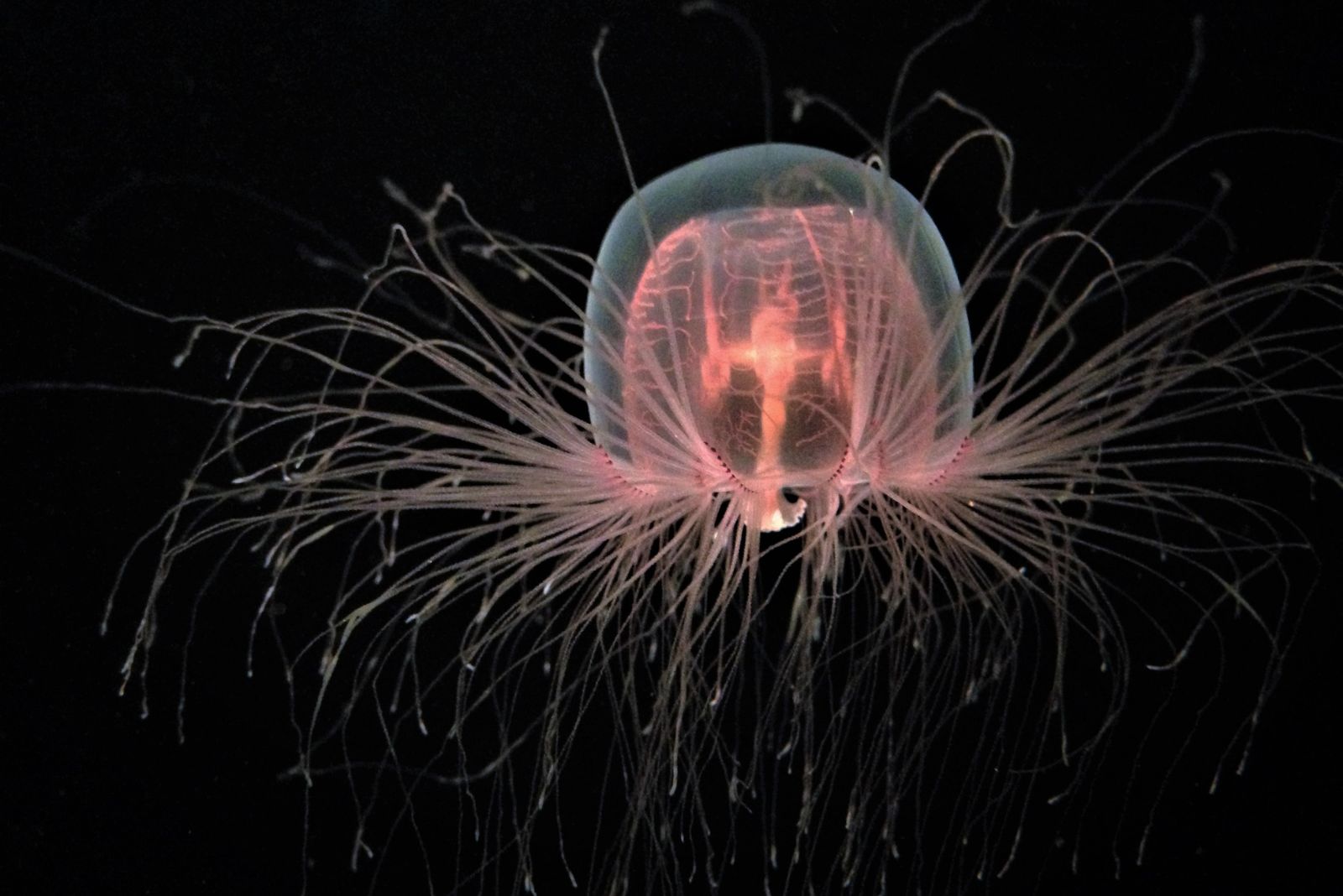
This remarkable creature has earned the title of the “immortal jellyfish” due to its ability to reverse its life cycle. When faced with injury, disease, or unfavorable environmental conditions, it can revert its cells back to their earliest stage, effectively turning itself back into a polyp (the juvenile form of a jellyfish).
This process, called transdifferentiation, allows the jellyfish to potentially avoid death from old age and restart its life cycle indefinitely.
While it doesn’t make them invincible to predation or disease, the immortal jellyfish’s extraordinary regenerative ability makes it one of the most mind-boggling creatures in the animal kingdom.
18. Greater Sage-Grouse
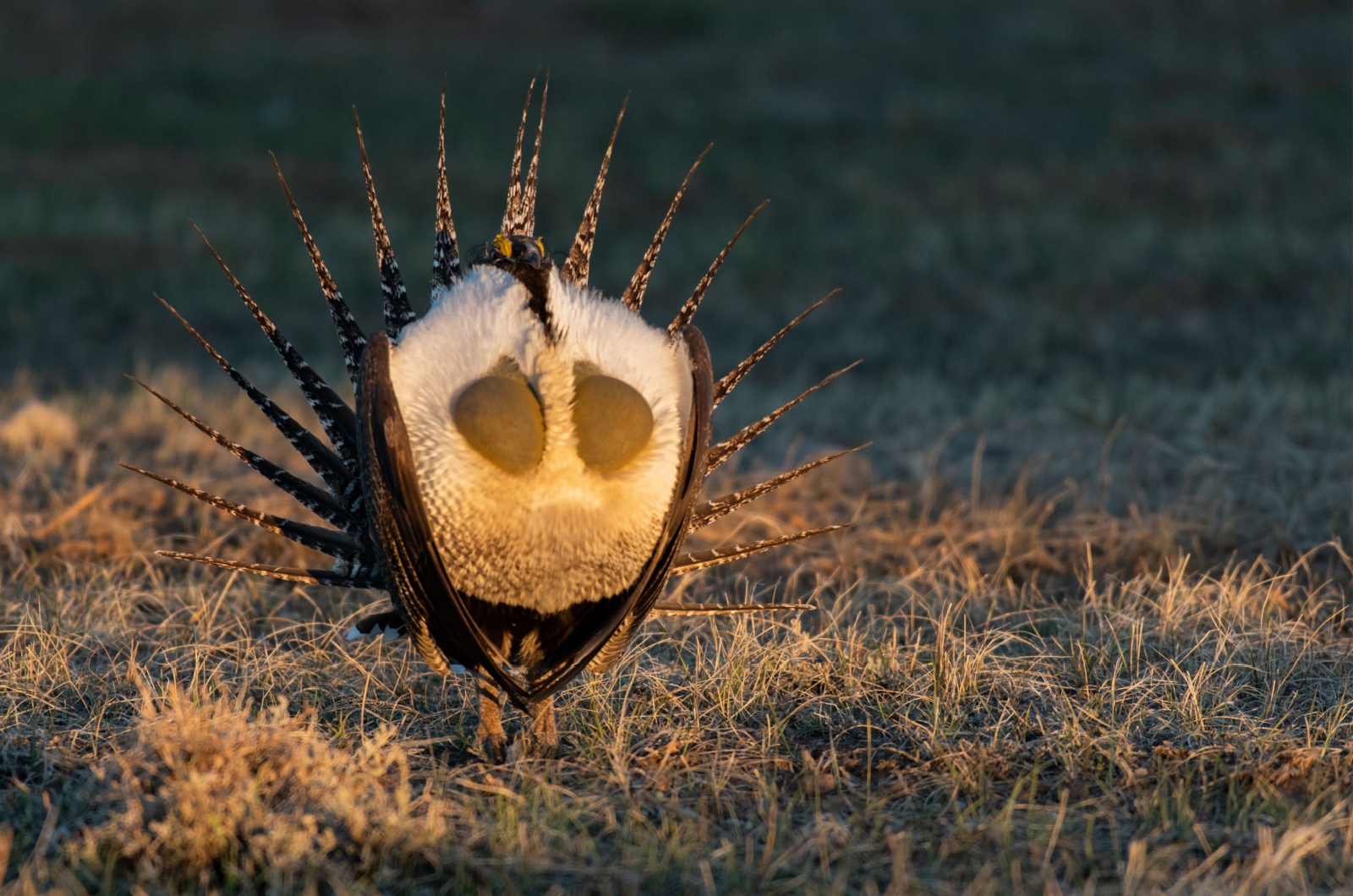
Credit: Shutterstock
The Greater Sage-Grouse is one of the most visually extraordinary birds in North America, known for its dramatic courtship display and unique appearance.
Males have bold white chest feathers, a spiky fan-like tail, and large yellow air sacs on their chests that they inflate during mating season.
This creates a bizarre yet mesmerizing display, where they perform a booming, popping sound while strutting around to attract females. Their elaborate mating dance, performed in open sagebrush habitats, is one of the most spectacular displays in the avian world.
Despite their striking appearance, Sage-Grouse are perfectly adapted to blend into the dry, open landscapes of the western United States.
Their way of life is deeply tied to sagebrush ecosystems, relying on this plant for food, shelter, and nesting. However, habitat loss has placed the species at risk, making conservation efforts crucial to protecting this iconic bird and its one-of-a-kind courtship rituals.
19. Mimic Octopus
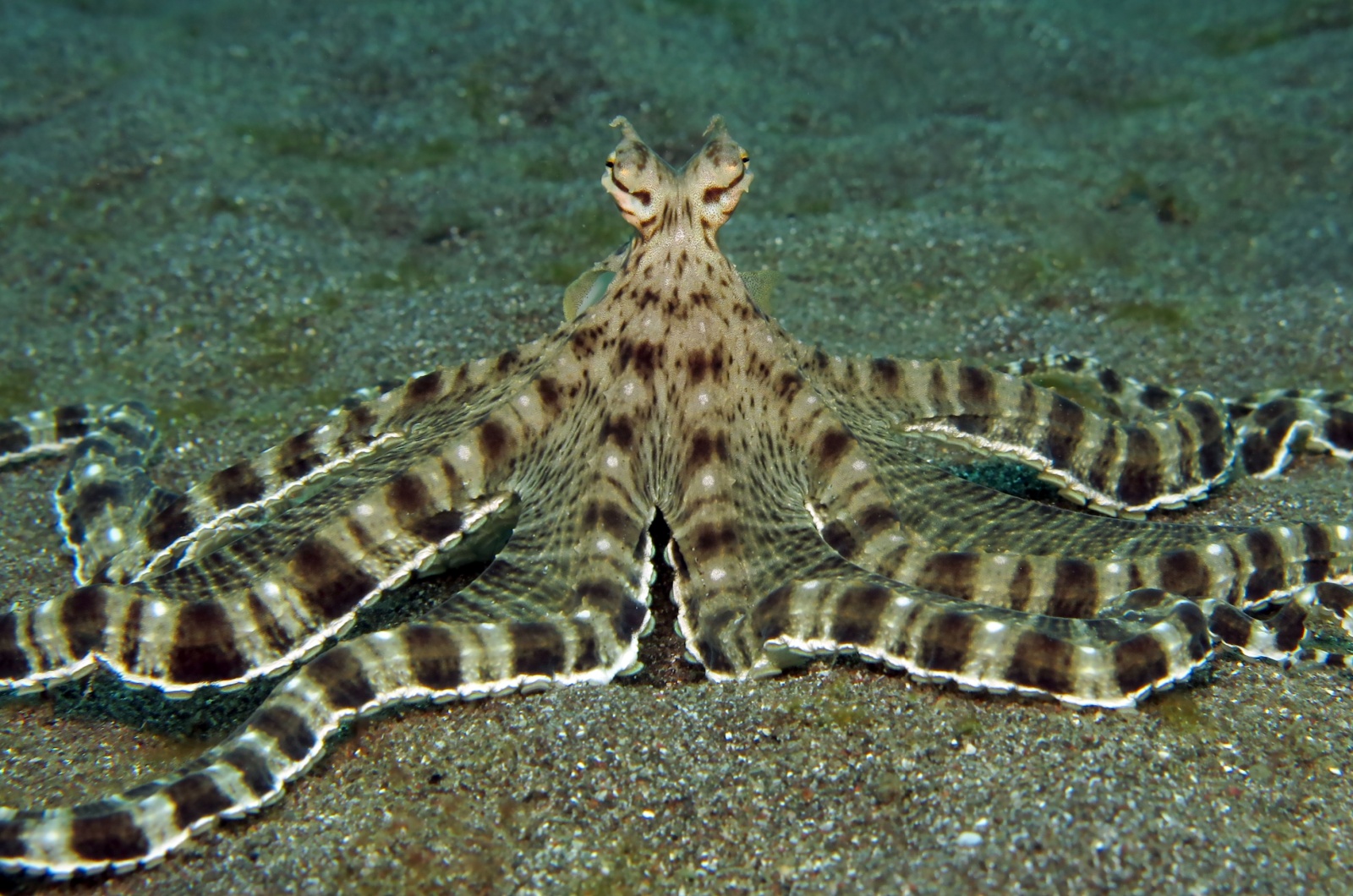
Credit: Shutterstock
The Mimic Octopus is one of the most extraordinary creatures in the ocean, both in appearance and behavior.
Unlike other octopuses, which rely on camouflage to blend into their surroundings, this species takes deception to the next level by imitating the shape, movement, and behavior of other sea creatures.
With its long, flexible arms and ability to alter its skin color instantly, the Mimic Octopus can transform into a lionfish, sea snake, flatfish, jellyfish, and even crabs to confuse predators.
Found in the tropical waters of Southeast Asia, this intelligent cephalopod uses its shapeshifting skills to not only avoid danger but also sneak up on prey.
Its ribbon-like, striped body enhances its ability to impersonate venomous creatures, tricking potential threats into thinking it is something far more dangerous than an octopus. This master of disguise showcases one of the most complex and sophisticated survival strategies in the animal kingdom, proving that deception can be a powerful tool in nature.


